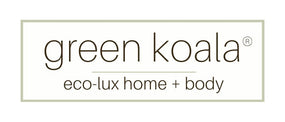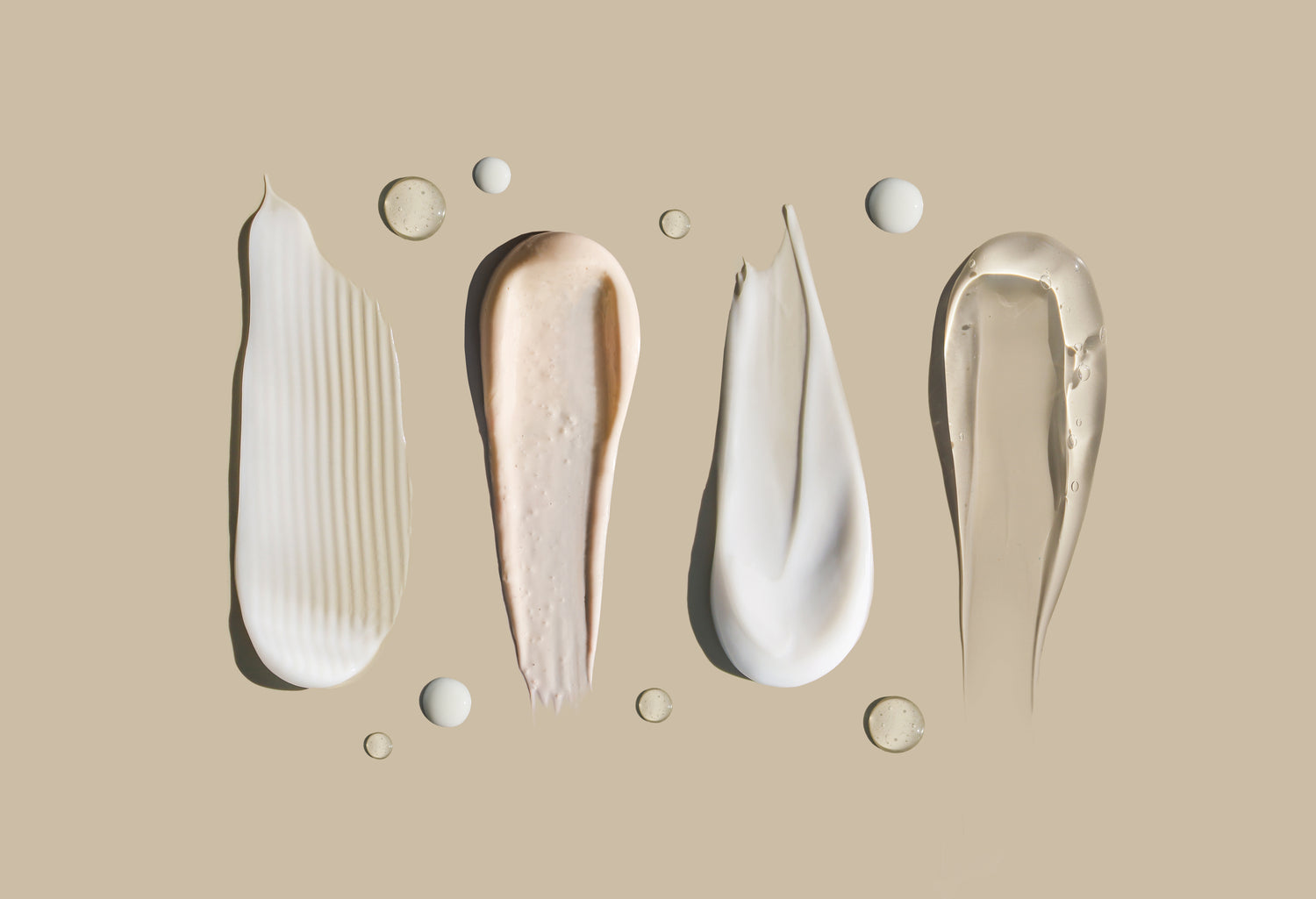Wax is a crucial component of your candles. If you regularly burn candles in your home, it's vital to know what you are burning.
Soy wax, paraffin wax, palm wax, and beeswax all have pros and cons to their usage in candles; however, if you do some research, you'll discover that the best wax for candles is coconut wax - let's discuss why.
Soy wax
Soy wax burns slowly and cleanly, but it has trouble throwing scent, turns brown when exposed to UV lighting, and results in bumpy tops after burning. The worse part of soy wax is Non-GMO soy wax is non-existent. It can contain heavy pesticide and fertilizer additives depending on how its sourced.
Paraffin Wax
Paraffin wax is known for its excellent burning and scent properties, but as a product of the oil industry, it is the very definition of unsustainable. Dark soot emitted by paraffin candles can stain walls and surrounding materials. Paraffin wax can produce emissions that can compromise the air quality in your home and possibly have harmful effects on humans. A 2009 study found that burning paraffin candles can release toxic chemicals such as toluene into the air. But this study has been called into question by the National Candle Association, mainly because it has not been published in a scientific journal. Since paraffin wax has so many substitutes, we find little need to use it.
Palm Wax
Palm wax holds and disperses fragrances better than soy, and the fragrance maintains evenly throughout the candle's burn time. Palm wax resists melting in hot summer months since it has a higher melting point than paraffin or soy. Unfortunately, most palm originates from Malaysia and Indonesia, where palm farmers burn and commandeer ancient forests by thousands of acres a day. Some palm plantations developed this way even have the RSPO (responsibly sourced palm origin) certification through grandfathering or purchased after the damage is done. With vast deforestation at the expense of endangered species, we cannot recommend supporting palm wax.
Beeswax
In many regards, beeswax is one of the more "sustainable" options. It has a characteristically honey-like scent, a golden color, and a bright flame. This makes it remarkable as a standalone candle wax but challenging to incorporate into scented candles. Bleached (white) beeswax is available but presents issues with 'scent trapping’—leading to poorly scented candles with minimal scent throw. As bee populations continue to decline, it can further increase the cost of these candles. Most importantly, beeswax is not vegan. Many do not consider beeswax harvesting genuinely cruelty-free since it technically is an animal byproduct and can't be produced in the quantities needed for candle production unless it comes from commercial beekeepers.
Coconut Wax
Coconut wax is a renewable, high-yield crop per hectare, making it a truly sustainable product. Organic by nature, coconut oil comes from its raw material, the coconut flesh. Production is free from toxins, GMOs, the use of pesticides, and the need for deforestation. Coconut wax burns cleaner and longer than other waxes and provides an excellent scent throw. The process of creating coconut wax removes the coconut scent. Candles made with coconut wax release a natural scent without distortion, cold (not lit) and hot (when lit). Coconut wax is more expensive per pound, but it's well worth it. You are getting a much better product for a similar price to soy wax. This wax is the only choice for Green Koala, and we hope after reading this it is the only choice for you!




